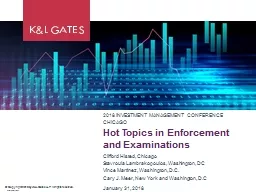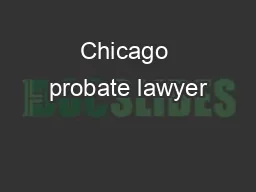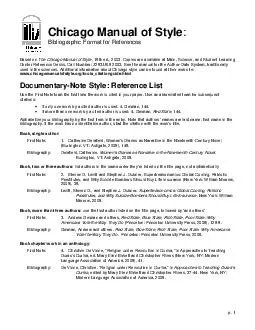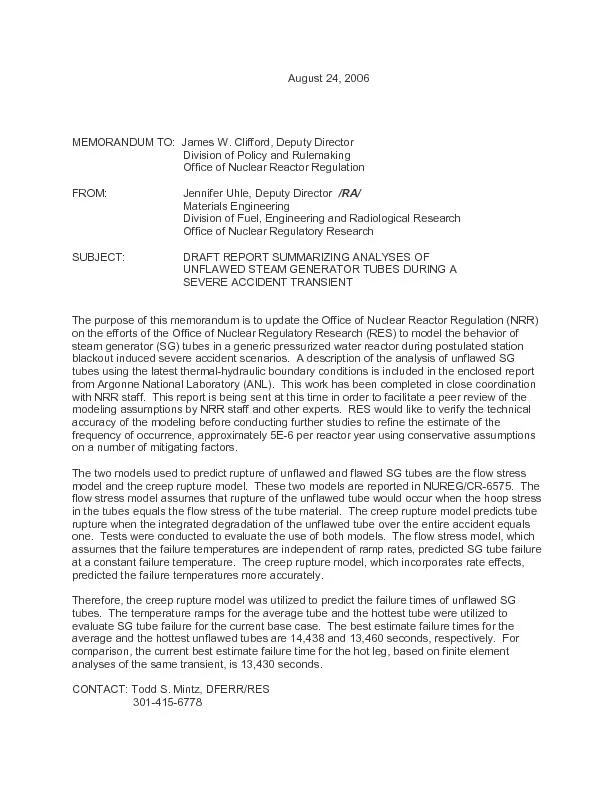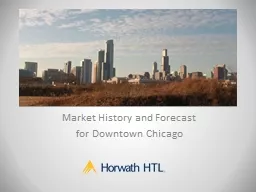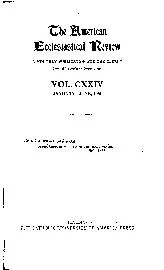PPT-Clifford Histed, Chicago
Author : tatiana-dople | Published Date : 2019-06-21
Stavroula Lambrakopoulos Washington DC Vince Martinez Washington DC Cary J Meer New York and Washington DC Hot Topics in Enforcement and Examinations 2018 INVESTMENT
Presentation Embed Code
Download Presentation
Download Presentation The PPT/PDF document "Clifford Histed, Chicago" is the property of its rightful owner. Permission is granted to download and print the materials on this website for personal, non-commercial use only, and to display it on your personal computer provided you do not modify the materials and that you retain all copyright notices contained in the materials. By downloading content from our website, you accept the terms of this agreement.
Clifford Histed, Chicago: Transcript
Download Rules Of Document
"Clifford Histed, Chicago"The content belongs to its owner. You may download and print it for personal use, without modification, and keep all copyright notices. By downloading, you agree to these terms.
Related Documents

